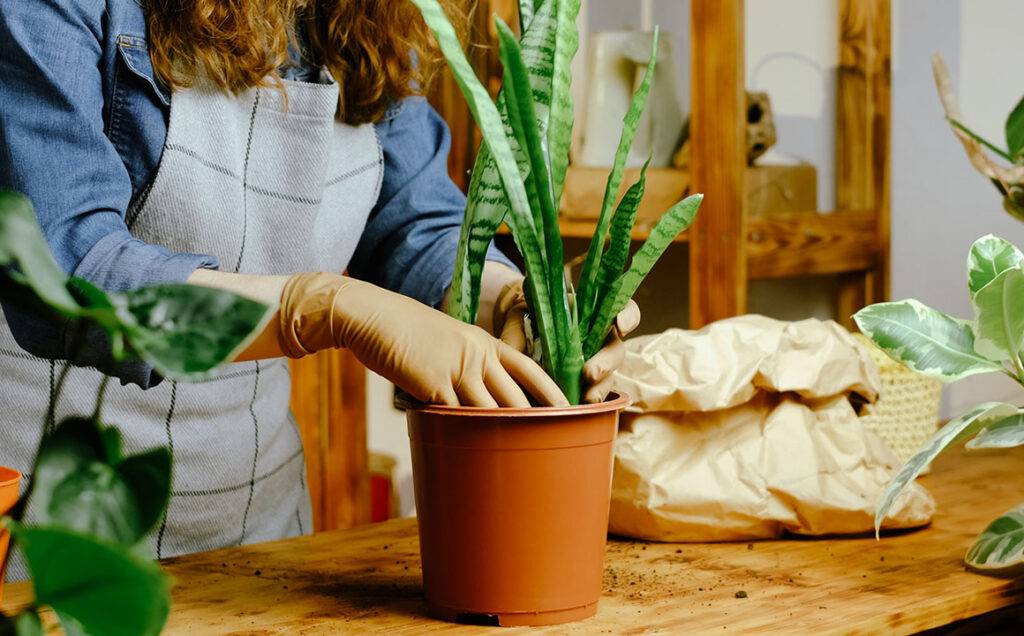Are you’re a nature lover? Then why not bring nature’s beauty into your own home with the help of indoor gardening. This technique can work for almost anybody, no matter what the size or situation of your living space is. From apartment dwellers to people living in huge houses — everyone can have an indoor oasis. You just have to know which plants to choose and how to care for them. So let us share with you the key strategies for cultivating a vibrant indoor garden that flourishes in any setting.
Choosing the Right Plants
Selecting the appropriate plants is essential to the success of your indoor garden. Not all plants thrive indoors, so it’s vital to choose species that are well-suited for indoor conditions. Consider plants known to tolerate low light and adapt to indoor environments. Ideal choices for beginners include spider plants, pothos, snake plants, and peace lilies. These are low-maintenance options that can withstand various conditions. When selecting your green companions, think about your available space and lighting to ensure that each plant can thrive in its designated spot.
Lighting Conditions
Light plays a crucial role in the health of indoor plants. Before bringing in your green friends, assess the lighting conditions within your home. Identify areas with natural light, such as windowsills or well-lit corners. Different plants have varying light requirements – some prefer bright, indirect light, while others can tolerate lower light conditions. By understanding your home’s lighting conditions, you can match the right plants to each location, allowing them to receive the necessary light for growth and vitality.
Container and Soil
The choice of containers and soil significantly impacts the health of your indoor plants. Opt for containers with drainage holes to prevent waterlogged roots, as excess water can lead to root rot. Apart from functionality, choose containers that align with your style and complement your home decor. Additionally, use well-draining potting soil specifically formulated for indoor plants. Avoid using outdoor garden soil, as it may not provide the necessary nutrients and drainage needed for indoor plants to flourish.
Proper Watering
Proper watering is essential for the well-being of indoor plants. Overwatering is a common mistake that can lead to root rot, while underwatering can cause plants to wilt and suffer. To maintain proper moisture levels, water your indoor plants only when the top inch of the soil feels dry to the touch. Use room-temperature water and avoid using water straight from the tap, as it may contain chemicals that can harm your plants. Observing your plants regularly will help you understand their watering needs, allowing you to adjust your watering routine accordingly.
Maintaining Humidity
Many indoor plants prefer higher humidity levels, which can be challenging to achieve in dry indoor environments, especially during the winter when heating systems are running. To increase humidity, consider grouping plants together, placing a tray of water near your plants, or using a humidifier. Regular misting can also help maintain adequate humidity, especially for tropical plants. Adequate humidity not only benefits your plants but can also improve indoor air quality and promote your well-being.
Pruning and Grooming
Regular pruning and grooming are essential for maintaining the health and appearance of your indoor plants. Removing any yellow or brown leaves redirects energy to healthy growth. Trimming leggy stems encourages bushier growth and keeps plants looking tidy. Grooming also involves dusting the leaves to remove dust and dirt that may hinder their ability to photosynthesize properly. Proper grooming practices will keep your plants looking neat and vibrant, adding to the overall beauty of your indoor garden.

